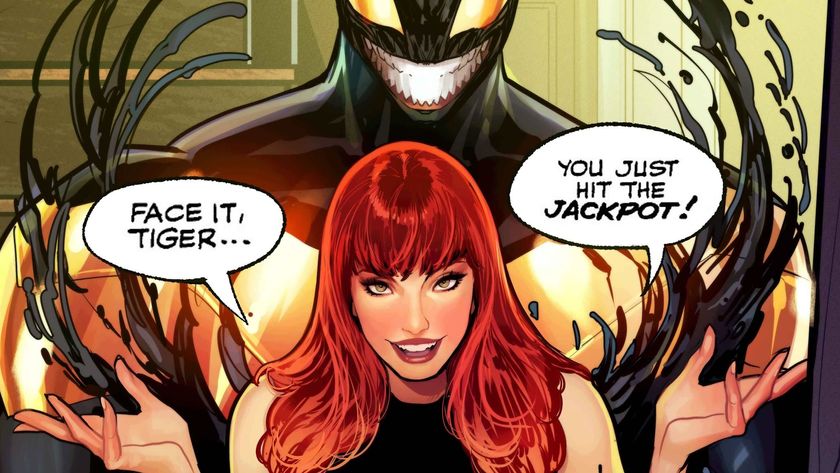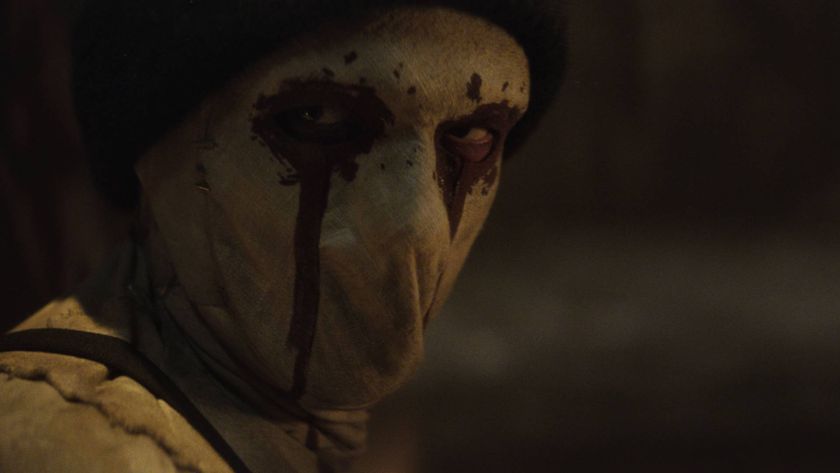The best X-Men creators of all time
The X-Factor of the X-Men: its writers and artists
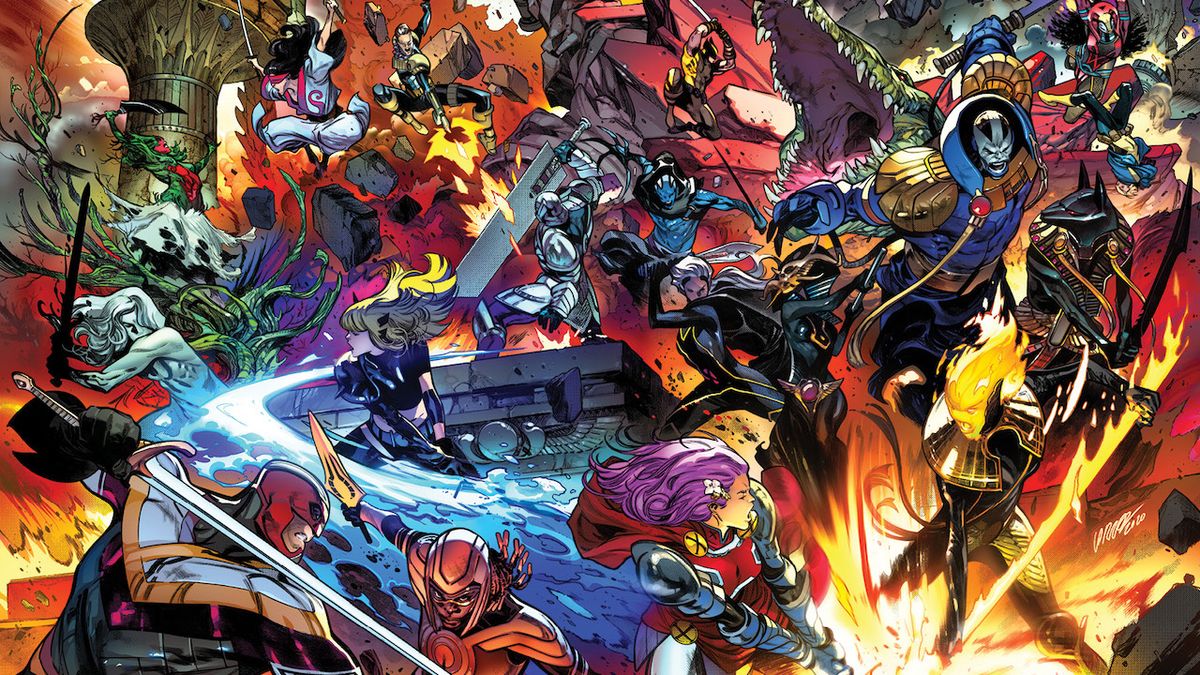
Although they've had their ups and downs, the X-Men will always remain one of Marvel's premier franchises. Over the decades, dozens of writers and artists have added their spin to the famous mutant line-up, and this list represents just the tip of that genetically-elevated iceberg.
This week marks the conclusion of 'X of Swords,' an epic 22-part crossover in the X-Men line - the first such crossover since the onset of Jonathan Hickman's 'Dawn of X' era.
So, with that in mind, stretch your wings, pop those claws, and let the drum roll as we count down the most influential creators in X-Men history!
Brian Michael Bendis
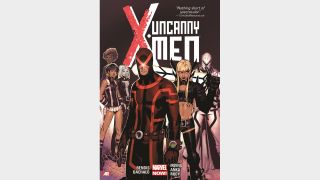
Between his work on House of M and killing off Professor Xavier in AvX, Bendis demonstrated his ability to weave a mutated story to keep readers' tongues wagging for years after it hit newsstands.
Then with dual runs on All-New X-Men and Uncanny X-Men, Bendis changed the make-up of the X-Men fundamentally, including by bringing the original five X-Men to the future.
Though the sweeping changes of the Bendis era have mostly come and gone at this point, and the original five X-Men have returned home, many of the relationships established by Bendis's time on the title remain in place, and characters like Goldballs have become central elements of the Krakoa era.
Louise Simonson
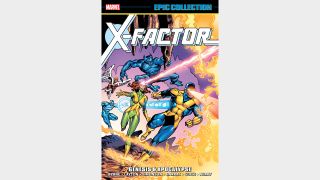
Any list of X-Men creators would be remiss without mentioning the contributions of Louise Simonson. Simonson not only served a long-time editor on a variety of X-books, she also edited Uncanny X-Men during the height of the celebrated Chris Claremont and John Byrne run (more on them later).
Comic deals, prizes and latest news
Get the best comic news, insights, opinions, analysis and more!
Perhaps what would be most visible of her contributions to the X-Men canon given recent cinematic developments, however, would be characters such as Apocalypse and Archangel – whom she co-created with Jackson Guice – as well as participating in the formation of fan favorite Cable, whom Rob Liefeld designed visually and named.
Readers of a certain age will remember well the image of Archangel on X-Factor #24 and recognizing a chapter from the classic X-Men had ended, and a darker era for the mutants was on the horizon.
Grant Morrison & Frank Quitely
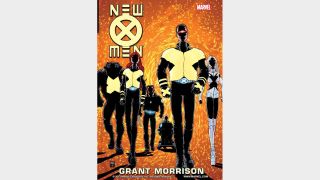
In 2001, X-Men was rebranded with Grant Morrison and artist Frank Quitely at the helm as Marvel sought to inject its once-flagship series with Morrison's near-trademark edge in the wake of his DC work on JLA and The Invisibles.
From the introduction of Emma Frost as a member of the team, and the re-establishment of an actual school for gifted youngsters, to the absolute destruction of Genosha, the effects of Morrison's tenure and Quitely's aesthetic can be seen both in today's titles and films.
Although Hugh Jackman quips about the film franchise's black leather uniforms, most fans appreciated the visual contributions Quitely provided to bring the X-Men into the 21st Century while honoring their superhero nature.
Jim Lee
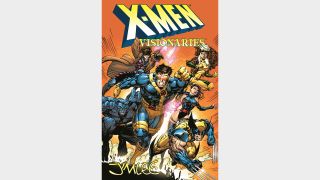
Jim Lee's star took off when he paired up with Chris Claremont on Uncanny X-Men.
Between helping to create long-time favorite characters like Gambit and launching a second flagship series with X-Men #1 - which continues to hold the Guinness World Record for most issues of a comic sold at over 8.1 million copies - it's hard to overlook Lee's contribution to Marvel's mutant mythos with the explosive and bombastic nature of his work on the series.
Now, if only those gatefold covers could be exchanged for college tuition, collectors would look back on this issue with a little more fondness...
Jonathan Hickman
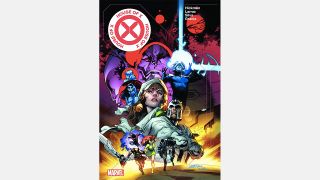
The current so-called 'Head of X' Jonathan Hickman is the most recent creator on this list, but as the writer of X-Men and the creative mastermind of the latest mutant status quo, he's already earned his place in the annals of the greatest X-writers ever.
Under Hickman's guidance, mutantkind has united under one banner with the X-Men and their enemies alike gathering on the living mutant nation of Krakoa, a homeland for all mutants. The just-concluded 'X of Swords' crossover dug deep into Hickman's mythology around Krakoa, and changed the already radically new rules established about mutantkind on Krakoa.
But perhaps Hickman's greatest strength as an X-Men creator has been recognizing that, like the X-Men themselves, the line often works best with the right team in place.
To that end, he's brought in creators like his 'X of Swords' co-architect Tini Howard, writers Leah Williams, Benjamin Percy, Gerry Duggan, Vita Ayala, and more as well as artists like Adam Kubert, Joshua Cassara, Leinil Yu, Pepe Larraz, R.B. Silva, Marcus To, and many others, all under the organization of group editor Jordan D. White to create an X-line where the titles all feel cohesive and interactive, as well as exciting in their own right.
'X of Swords,' which stretched nearly seamlessly across 22 chapters spanning the entire line is proof that Hickman's vision and formula - and vast creative network - have the measure of Marvel's mutants in a way few creators have throughout the team's storied history.
Dave Cockrum
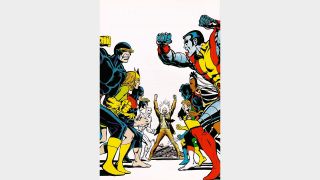
Although Cockrum penciled less than 30 issues of Uncanny X-Men, his reboot of the dormant series alongside Len Wein was arguably one of the most important contributions to mutantkind.
From introducing fan-favorite characters such as Storm, Nightcrawler, Colossus, and others, Cockrum's influence over the X-Men cannot be understated.
Nearly every series since – and every multi-media venture – has included at least one or more of these anchor characters of which Cockrum helped introduce to comic fandom.
John Byrne
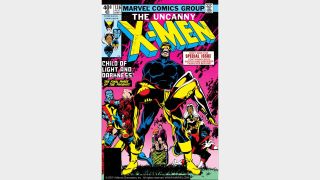
Following Cockrum's departure from the series, Byrne began his celebrated run on Uncanny X-Men alongside Chris Claremont penning what are still considered to be the greatest X-Men stories to date.
His work on the 'Dark Phoenix Saga' in particular is a touchstone for many artists and writers who step up into the role as a member of the creative team behind one of Marvel's premiere titles.
Even now, the characters and designs he created and stories he helped tell can be seen and the echoes felt within many of the four-colored pages on store shelves today.
Len Wein
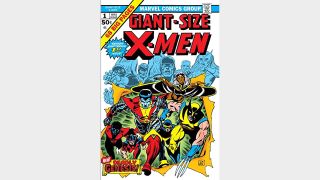
Working with Dave Cockrum, Len Wein helped redefine mutantkind for the Marvel Universe with the launch of Giant-Size X-Men #1 in 1975, which resurrected the dead series into the runaway train it would soon become.
Not only did he help co-create the new class of X-Men introduced in that issue, Wein was also instrumental in the earlier creation of the most (in)famous X-Man of all: Wolverine.
Working with John Romita Sr. and Herb Trimpe, Wein helped flesh out the pint-sized Canuck, who would go on to dominate comic books and silver screens the world round.
Stan Lee & Jack Kirby
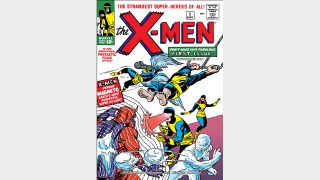
A discussion about the most influential X-Men creators would be remiss if it did not factor in the very people who invented these genetically-enhanced superheroes: Stan Lee and Jack Kirby. Lee and Kirby created the X-Men to tell a story that resonated with those who society considered different or unusual.
Though Lee and Kirby's version dwindled, their core idea possessed the foundation for later creators to build upon, reviving the concept and turning the X-Men into enduring icons.
Not only did they create the original X-Men and Professor X, but they also introduced the world to the infamous villain, Magneto – a mutant whose popularity may be rivaled only by Wolverine.
Chris Claremont
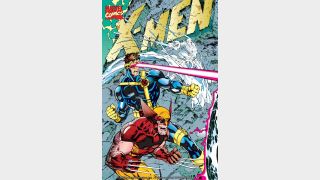
Although Lee and Kirby created the original X-Men, Chris Claremont took their concept and ran with it, creating much of Marvel's mutant mythos, and setting the standard for X-Men stories to this day.
Much of the personalities behind long-time fan-favorite characters such as Scott Summers, Jean Grey, Wolverine, and Sabretooth are owed to the soap operas that played out in the pages of Claremont's Uncanny X-Men - with major contributions from Claremont's creative partners, most notably Dave Cockrum, John Byrne, Marc Silvestri, Paul Smith, and Jim Lee.
His stories are not only oft reprinted and enjoyed by comic book fans, but they are also finding their way into theaters with X-Men: Days of Future Past and The Wolverine drawing direct inspiration from his comic storylines.
It's not surprising that he was inducted into the Comic Book Hall of Fame in 2015 alongside Byrne.
Even though his landmark run ended 25 years ago, Claremont's name is still most synonymous with the X-Men.
Dr. Forrest Helvie is a professor by day and both consumer and critic of comic books by night. Prof. Helvie can frequently be found writing comic book reviews for Newsarama, but he has also contributed to a wide range of publications and research presentations. Whether it's through in-depth interviews with writers and artists behind your favorite works, or critical analysis of them through academic essays, Prof. Helvie is always looking to help you better understand and appreciate the comic book that's in your hands.

